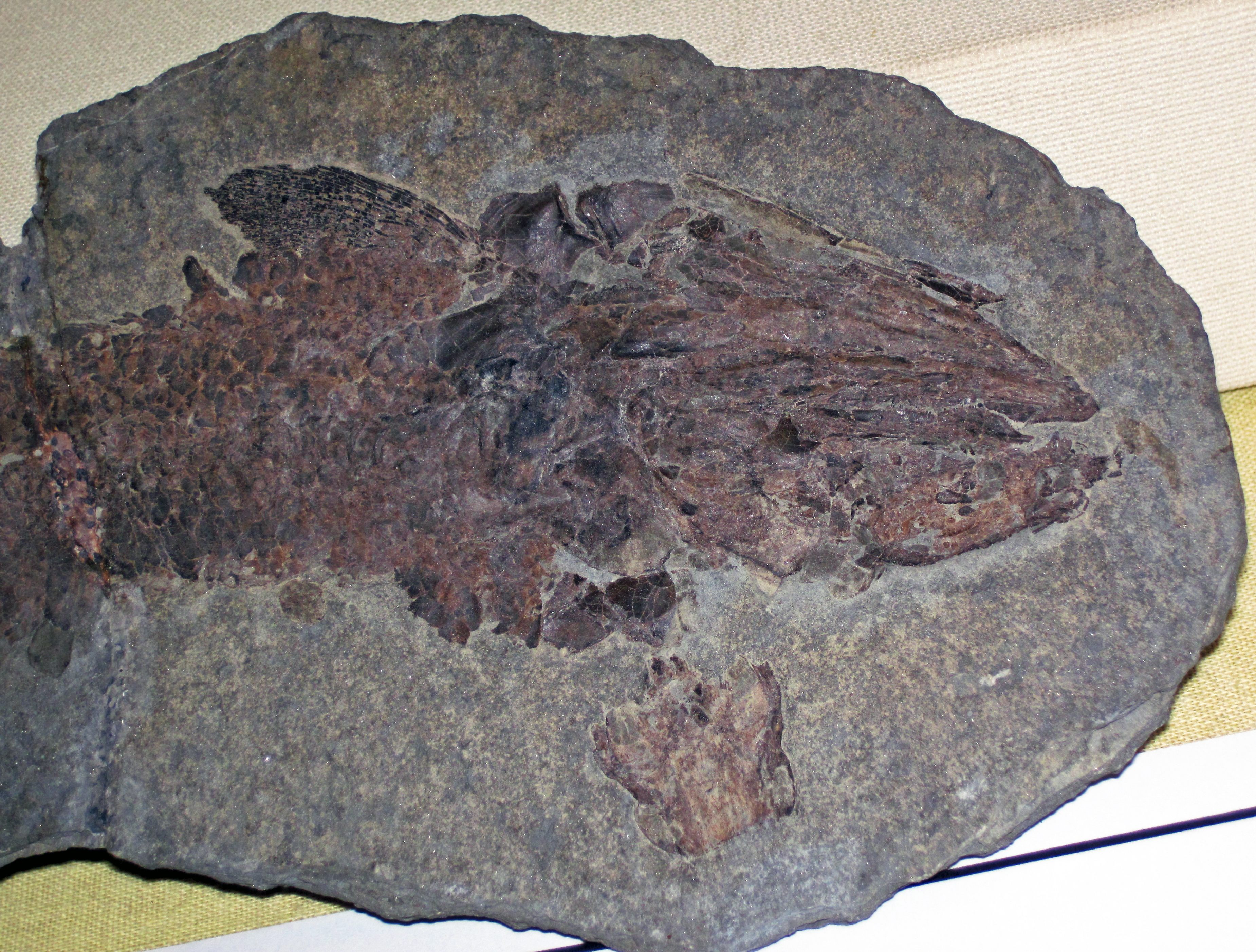What Are Transitional Fossils?
Transitional fossils are remains that show an intermediate state between an ancestral form and its descendants. These fossils display traits that are common to multiple taxonomic groups, demonstrating the gradual change from one form to another. They provide direct evidence for macroevolution - large-scale evolutionary transitions between different types of organisms.
Despite claims that the fossil record lacks "missing links," paleontologists have discovered thousands of transitional fossils documenting major evolutionary transitions. Here are some of the most significant examples:
Fish to Tetrapods
The transition from fish to the first four-limbed vertebrates (tetrapods) is one of the best-documented evolutionary transitions in the fossil record. Learn more about tetrapod evolution on Wikipedia.
Tiktaalik roseae
Discovered in the Canadian Arctic in 2004, Tiktaalik represents a perfect intermediate between fish and early tetrapods, showing how limbs evolved from fins.

Acanthostega gunnari
Discovered in Greenland, Acanthostega was one of the earliest tetrapods but retained many fish-like characteristics, showing it was primarily aquatic.

Ichthyostega stensioei
One of the first tetrapod fossils discovered, Ichthyostega had more land-adapted features than Acanthostega but still showed clear transitional traits.

Eusthenopteron foordi
Eusthenopteron was a lobe-finned fish that shows early adaptations that would later enable the transition to land, including limb-like fin structure.
Dinosaurs to Birds
The evolutionary connection between dinosaurs and birds is one of the most well-documented transitions in the fossil record, with numerous feathered dinosaur fossils discovered in recent decades. Learn more about bird evolution on Wikipedia.

Archaeopteryx lithographica
Discovered in 1861, Archaeopteryx represents a perfect intermediate between non-avian dinosaurs and modern birds, possessing features of both groups.

Microraptor gui
Discovered in China, Microraptor was a small feathered dinosaur with four wings - one pair on its arms and another on its legs, showing an experimental stage in the evolution of flight.

Sinosauropteryx prima
The first non-avian dinosaur discovered with evidence of feathers, Sinosauropteryx showed that feathers evolved in dinosaurs long before birds and before flight.

Confuciusornis sanctus
Confuciusornis was an early bird that shows a mix of primitive and advanced features, representing a stage between Archaeopteryx and modern birds.
Land Mammals to Whales
The evolution of whales from terrestrial mammals is one of the most dramatic transitions documented in the fossil record, showing how land-dwelling ancestors returned to the sea. Learn more about whale evolution on Wikipedia.

Pakicetus inachus
Pakicetus was one of the earliest cetaceans (whale ancestors), showing the first steps of adaptation from land to water. It still looked largely like a land mammal.
Ambulocetus natans
Ambulocetus represents a crucial intermediate stage in whale evolution, showing adaptations for both land and water environments. Its name means "walking whale that swims."

Rodhocetus kasrani
Rodhocetus shows further adaptation to aquatic life, with significant changes to its skeleton for efficient swimming, but still retaining functional limbs.

Dorudon atrox
Dorudon was a basal sauropodid whale that shows the earliest known example of a whale with a long, whip-like rostrum.
Conclusion
The examples presented here represent just a small fraction of the transitional fossils that have been discovered. Together, they provide compelling evidence for the theory of evolution, showing how new species and anatomical structures have developed through a process of incremental change.